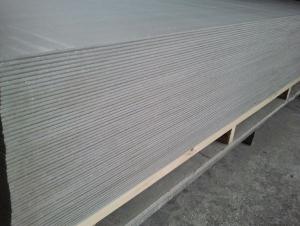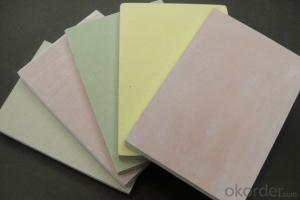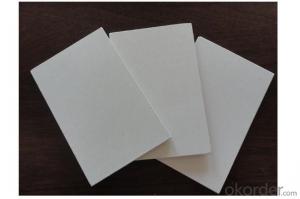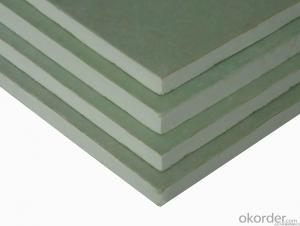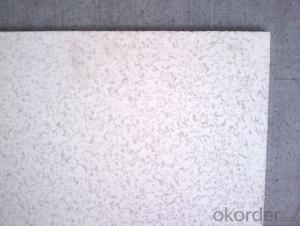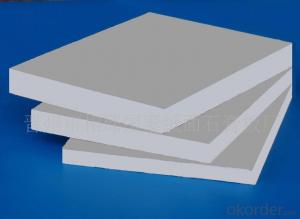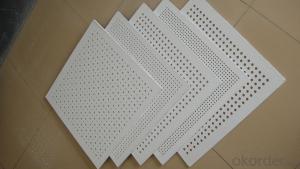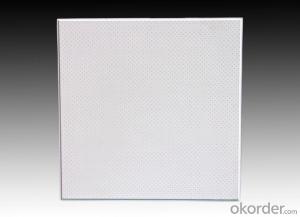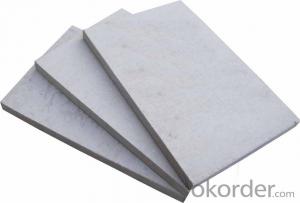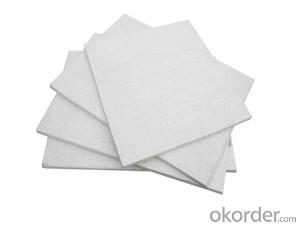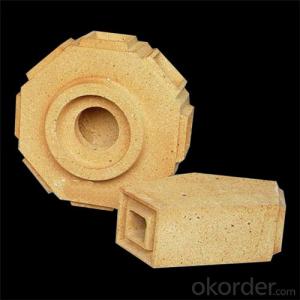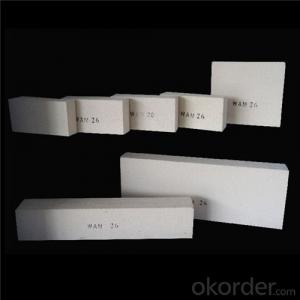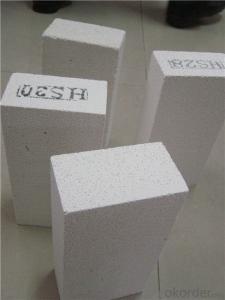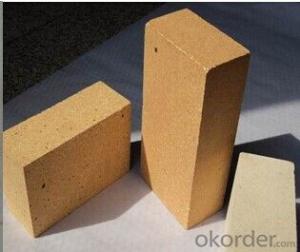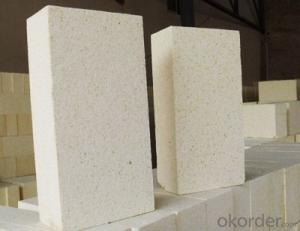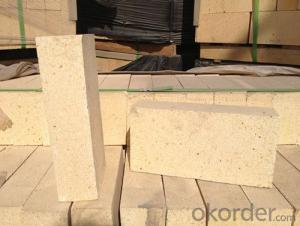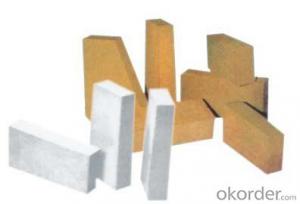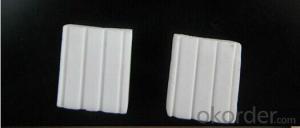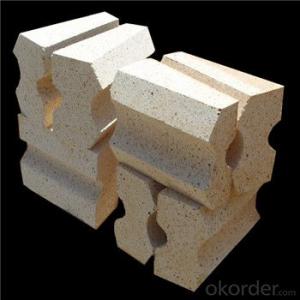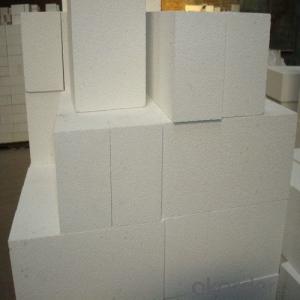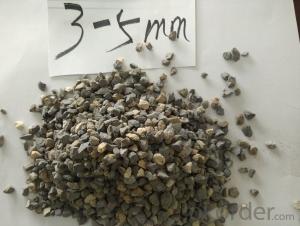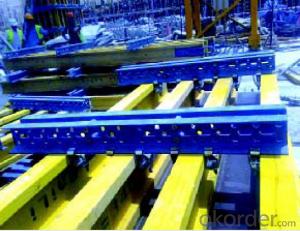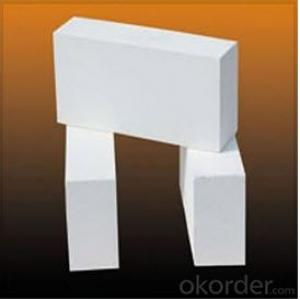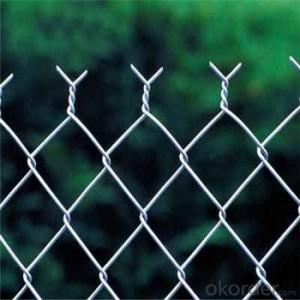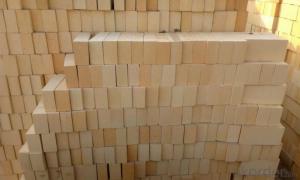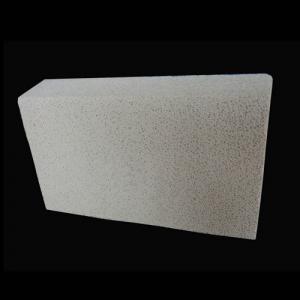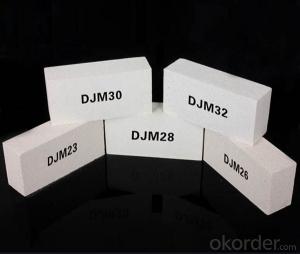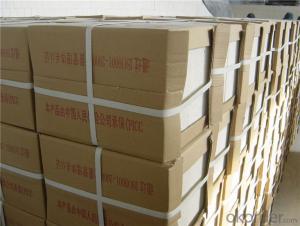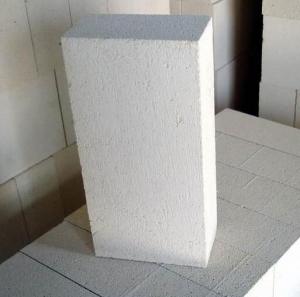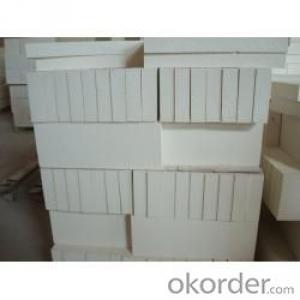Low Weight Bricks
Low Weight Bricks Related Searches
High Five Stainless Steel Prop High Quality Solar Inverter High Temperature Clear Plastic Sheet High Voltage Solar Inverter Stainless Steel Peg Board Best Quality Roofing Felt High Intensity Desk Lamp High Efficiency Hvac Systems High Rupturing Capacity Fuse High-Pressure CompressorHot Searches
Price For Stainless Steel Scrap Scrap Price For Stainless Steel Price For Stainless Steel Price Of Shipping Containers For Sale Stock Price For Aluminum Air Pump For Aquarium Price Used Foam Board Insulation For Sale Bags Of Cement For Sale Types Of Temporary Side Panels For Cement Deck Magnesium Oxide Board For Sale Hdf Board For Sale sintra board for sale Solar With Inverter Price Pedestal Fan With Water Spray Price Price Of Scrap Stainless Steel Price Of Stainless Steel Scrap Price Of Stainless Steel High Mast Light Price List Solar High Mast Light Specification Price For Stainless Steel ScrapLow Weight Bricks Supplier & Manufacturer from China
Okorder.com is a professional Low Weight Bricks supplier & manufacturer, offers integrated one-stop services including real-time quoting and online cargo tracking. We are funded by CNBM Group, a Fortune 500 enterprise and the largest Low Weight Bricks firm in China.Hot Products
FAQ
- Yes, insulating fire bricks do require special installation techniques. These bricks are designed to withstand high temperatures and provide insulation, so proper installation is crucial to ensure their effectiveness. Special attention needs to be given to factors such as mortar selection, brick alignment, and proper curing to achieve optimal thermal performance.
- Indeed, the utilization of insulating fire bricks is feasible for the construction of BBQ pits. These bricks are specifically engineered to endure extreme temperatures and possess exceptional heat resistance attributes, rendering them perfectly suited for BBQ pit applications. By incorporating these bricks, heat is effectively captured and evenly dispersed, leading to improved cooking efficiency and a more enjoyable BBQ experience. Moreover, the inclusion of insulating fire bricks aids in minimizing heat dissipation, guaranteeing that the BBQ pit retains and sustains heat for an extended duration. All in all, the integration of insulating fire bricks significantly enhances the overall performance and longevity of the BBQ pit.
- Yes, insulating fire bricks can be used in kilns. They are specifically designed to withstand high temperatures and provide excellent insulation, making them a suitable choice for kiln applications where heat retention is important.
- The recommended thickness for insulating fire brick installations can vary depending on the specific application and requirements. Generally, a thickness of 2.5 to 3 inches is commonly recommended for insulating fire brick installations. This thickness provides sufficient insulation properties and thermal resistance to withstand high temperatures and prevent heat loss. However, it is important to consult the manufacturer's guidelines and consider factors such as the intended use, operating temperature, and any specific regulations or codes that may apply to ensure the appropriate thickness is used for the specific installation.
- Indeed, the utilization of insulating fire bricks is possible when constructing refractory linings. These bricks are explicitly engineered to possess exceptional thermal insulation characteristics, rendering them highly suitable for situations necessitating the containment of extreme temperatures. They are frequently employed in the establishment of furnaces, kilns, and other environments that experience elevated heat levels. The insulating attributes of these bricks aid in diminishing heat dissipation, enhancing energy efficiency, and upholding a consistent temperature within the refractory lining. Furthermore, insulating fire bricks are lightweight and effortless to manipulate, thereby constituting a pragmatic selection for the construction of refractory linings.
- In general, insulating fire bricks possess resistance to high-velocity gases. These bricks are specifically designed with high thermal resistance and low thermal conductivity, rendering them suitable for situations where exposure to elevated temperatures and gases is prevalent. Without experiencing any damage or compromise, they are capable of enduring the force and speed of gases. In the realm of industrial furnaces, kilns, and other high-temperature settings, insulating fire bricks find common application, as they fulfill the dual role of insulation and safeguard against high-velocity gases.
- Indeed, refractory coatings can utilize insulating fire bricks during their construction. The purpose of insulating fire bricks is to possess a low thermal conductivity, enabling them to effectively hinder the transfer of heat. Consequently, they prove to be an optimal choice for refractory coatings, which serve the purpose of shielding structures from elevated temperatures. Refractory coatings are applied onto surfaces that endure extreme heat, such as furnaces, kilns, and chimneys. These coatings furnish an insulating layer that aids in preserving heat, preventing harm to the underlying structure, and enhancing energy efficiency. In the construction of refractory coatings, insulating fire bricks can be employed as a foundational layer. They can be stacked and bonded together to form a sturdy and heat-resistant surface. This layer acts as a barrier that impedes the passage of heat to the underlying structure. Apart from their low thermal conductivity, insulating fire bricks possess other attributes that render them suitable for use in refractory coatings. They exhibit high temperature resistance, enabling them to withstand the intense heat generated in industrial applications. Furthermore, they boast a lightweight nature and are easy to handle, facilitating convenient installation and handling. To summarize, insulating fire bricks present themselves as a dependable choice when it comes to constructing refractory coatings. With their exceptional insulation properties and capacity to shield against high temperatures, they stand as a valuable component in the production of structures that can withstand extreme heat.
- Insulating fire bricks help reduce heat loss through conduction by having low thermal conductivity. This means that they are poor conductors of heat, preventing the transfer of thermal energy from one side to the other. The bricks are made of materials with high porosity, which traps air within their structure. This trapped air acts as an insulator, minimizing the conduction of heat between the two sides of the brick. As a result, insulating fire bricks act as a barrier, reducing the amount of heat that is transferred through conduction and helping to maintain a more stable temperature.
